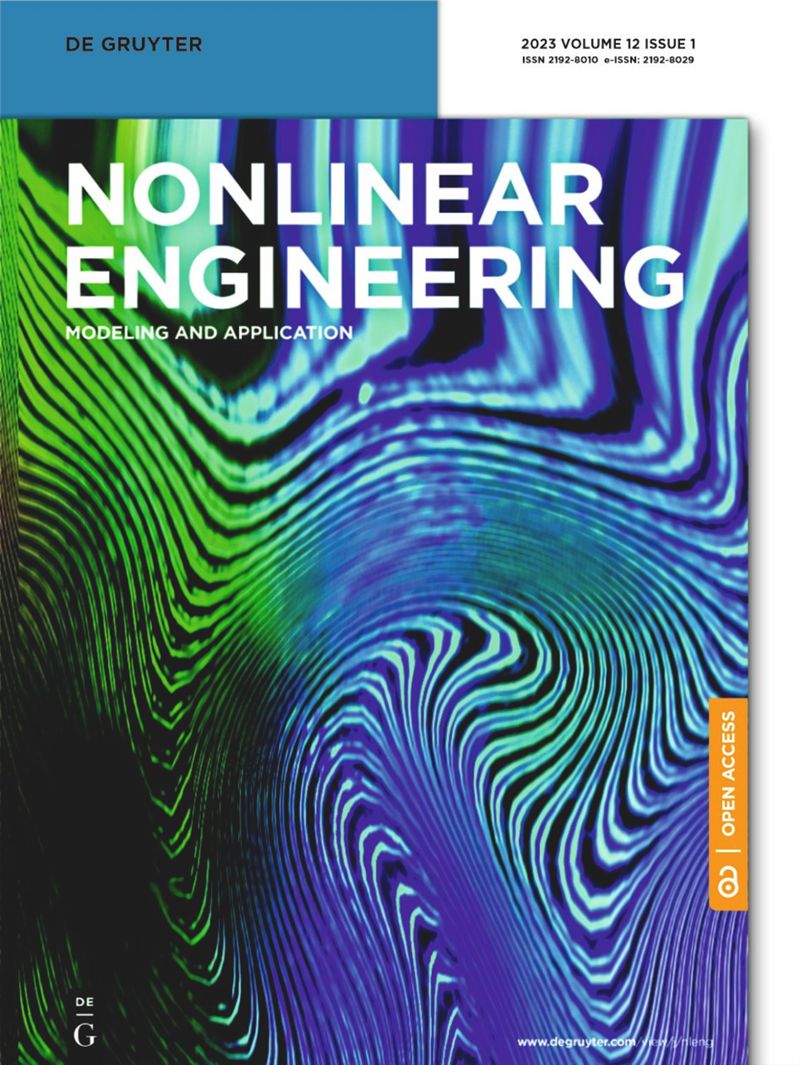基于深度学习的人工林地无人机图像处理与导航卷积神经网络
IF 2.4
Q2 ENGINEERING, MECHANICAL
引用次数: 0
摘要
在这项研究中,我们展示了一种新的方法,使小型无人机(UAV)仅使用单个相机在树木种植园中自行移动。为了避免撞到树,制定了一个控制计划。检测模型查看图像中树木的高度,以计算出它们离无人机有多远。然后,它会在没有任何障碍的情况下查看树木之间的图像宽度,以找到最大的空间。本研究的目的是调查虚拟现实(VR)如何提高学生在课堂上的参与度和成果。虚拟现实对学习的情感影响,如动机和享受,也进行了探索,使这个有趣的研究。为了研究虚拟现实作为一种创造性和沉浸式的提高教育体验的工具的潜力,本研究采用了一种对照实验方法。这项研究最重要的贡献是它为虚拟现实在教育中的功效提供了经验证据,阐明了VR对学习各个方面的影响,并为教育工作者提供了如何在课堂上充分利用VR的建议。本文章由计算机程序翻译,如有差异,请以英文原文为准。
Convolutional neural network for UAV image processing and navigation in tree plantations based on deep learning
Abstract In this study, we show a new way for a small unmanned aerial vehicle (UAV) to move around on its own in the plantations of the tree using a single camera only. To avoid running into trees, a control plan was put into place. The detection model looks at the image heights of the trees it finds to figure out how far away they are from the UAV. It then looks at the widths of the image between the trees without any obstacles to finding the largest space. The purpose of this research is to investigate how virtual reality (VR) may improve student engagement and outcomes in the classroom. The emotional consequences of virtual reality on learning, such as motivation and enjoyment, are also explored, making this fascinating research. To investigate virtual reality’s potential as a creative and immersive tool for boosting educational experiences, the study adopts a controlled experimental method. This study’s most significant contributions are the empirical evidence it provides for the efficacy of virtual reality in education, the illumination of the impact VR has on various aspects of learning, and the recommendations it offers to educators on how to make the most of VR in the classroom.
求助全文
通过发布文献求助,成功后即可免费获取论文全文。
去求助
来源期刊
CiteScore
6.20
自引率
3.60%
发文量
49
审稿时长
44 weeks
期刊介绍:
The Journal of Nonlinear Engineering aims to be a platform for sharing original research results in theoretical, experimental, practical, and applied nonlinear phenomena within engineering. It serves as a forum to exchange ideas and applications of nonlinear problems across various engineering disciplines. Articles are considered for publication if they explore nonlinearities in engineering systems, offering realistic mathematical modeling, utilizing nonlinearity for new designs, stabilizing systems, understanding system behavior through nonlinearity, optimizing systems based on nonlinear interactions, and developing algorithms to harness and leverage nonlinear elements.

 求助内容:
求助内容: 应助结果提醒方式:
应助结果提醒方式:


